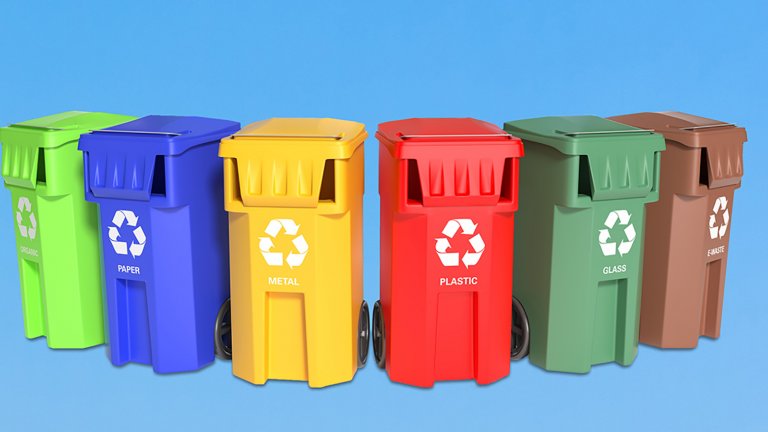
Global Recycling Day 2019 – it’s time for some facts
The facts presented at the Global Recycling Day 2019 send a clear warning: recyclable raw materials must be seen and used as resources. To raise awareness about the potential of recycling we take a closer look at some recycling myths.
The Global Recycling Day was first celebrated on 18 March 2018. This year it will be dedicated to the future of our planet once again. The aim of the initiative by the Bureau of International Recycling is to highlight the potential of recycling as natural resources are becoming increasingly scarce. By 2025 water could be in short supply for 1.8 billion people. The demand for coal will exceed its availability in the next century at the latest. Every year, deforestation clears 18 hectares of woodland and we produce 2.12 billion tons of waste that cannot be reutilised.
The facts paint a clear picture: recyclable raw materials should be seen and used as resources. If materials are reutilised instead of being dumped in nature, it is possible to achieve much more than just fighting environmental pollution. By reutilising plastics and other materials, we also obtain raw materials that close the resource cycle.
In order to raise awareness about the potential of recycling we have taken a closer look at some recycling myths on our Twitter and Facebook channels over the past few days. Now we would like to share the results in this article:
Myth #1: “It all ends up in the same bin anyway.”
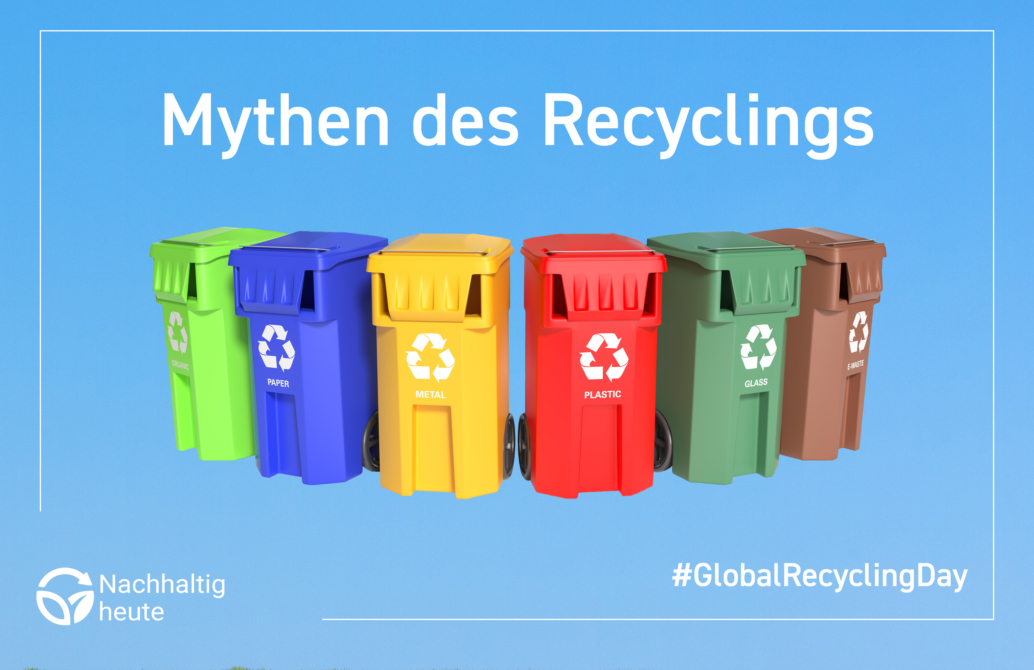
That’s not true! By separating the waste, the different materials also go separate ways. Recyclable plastics, for example, are sorted by valuable substances, cleaned and finally reutilised. This creates raw materials that can be used for the manufacturing of new products.
You can read more about the process of reutilising plastics in our post “The journey of waste”.
Myth #2: “Plastic waste will be incinerated anyway.”
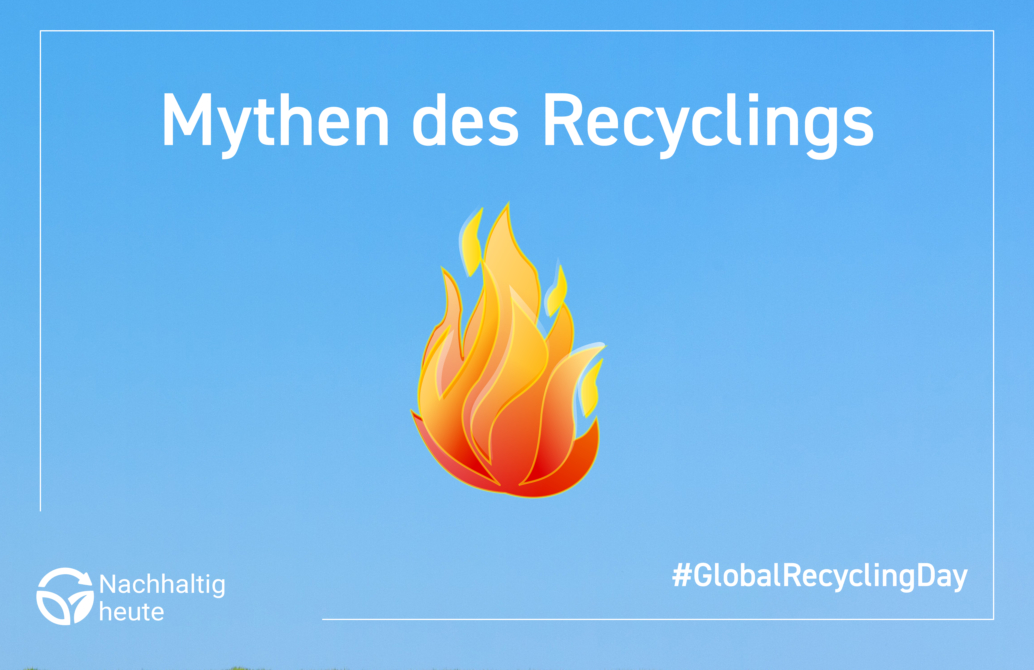
That’s not true! 53% of all plastic waste is incinerated for energy generation purposes. This type of plastics recycling is known as thermal utilisation or energy generation. The remaining 47% are reutilised as new raw materials. A distinction is made between mechanical recycling, in which new raw materials are being produced from old plastics, which can be melted down, and raw material recycling, in which all other varieties of plastics are converted into reusable materials.
You can find the precise figures with regard to the recycling sector in our post “Plastics recycling in Germany in figures”.
Myth #3: “Everything in the yellow bag will be recycled.”
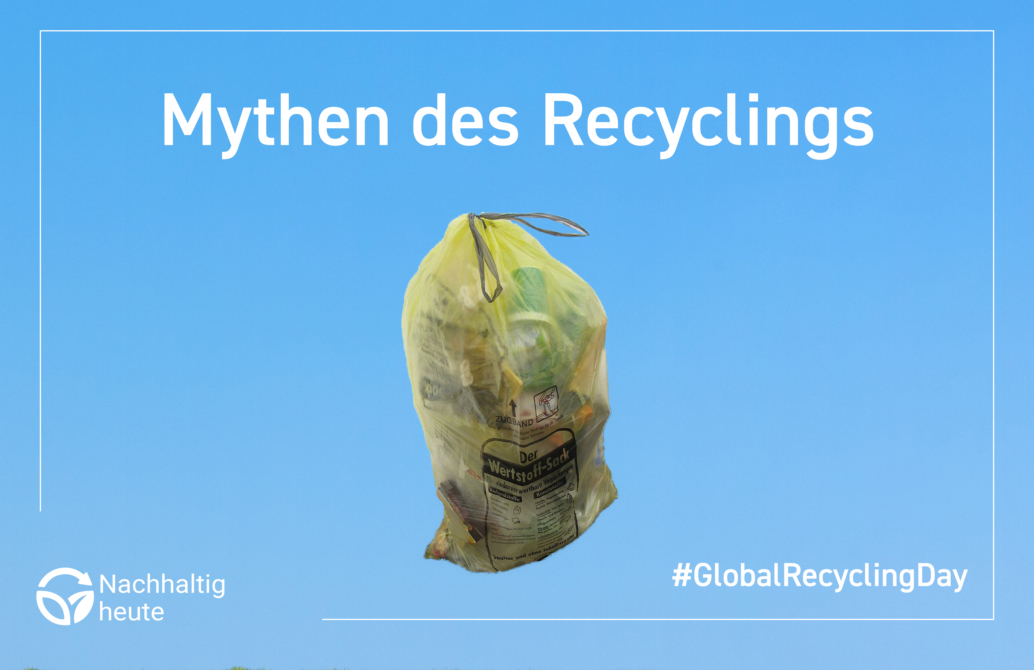
That’s not true! Only about half of all plastic waste is reutilised because not all varieties of plastics can be melted down. A distinction is made between thermoplastics, thermosets and elastomers. Thermoplastics – from which yoghurt cups, for example, are made – are the only plastics that melt under heat.
You can find out more about the different types of plastics in our post “A guide through the world of plastic”.
Myth #4: “Paper bags are better than plastic bags.”
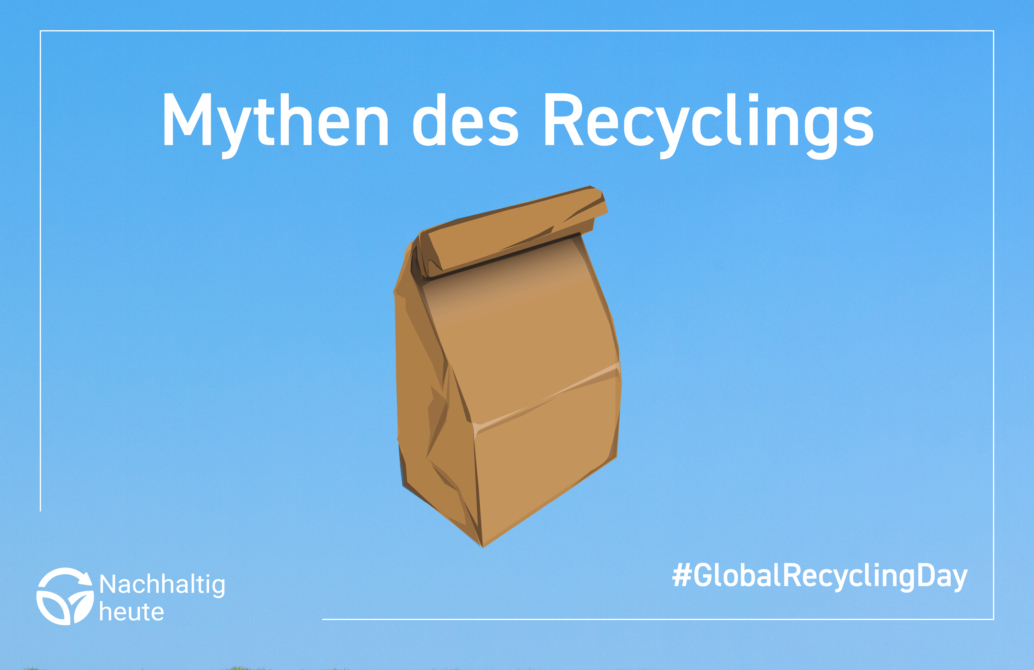
That’s not true! Chemicals, water and energy are needed for the production of paper bags, which can then be used less often. They even consume more resources than plastic bags in order to be equally tear-resistant. Furthermore, they are also heavier than plastic bags, so that their transport leads to higher emissions. Paper bags that are not made out of recycled paper are only more environmentally friendly than plastic bags once they have been used three or four times – but not all of them last that long.
Myth #5: “Yoghurt cups have to be rinsed.”

That’s not true! The packaging should only be “spoon-cleaned”. Before being reutilised, recyclable materials are cleaned thoroughly anyway. This means that additional rinsing unnecessarily wastes water. However, it is important to remove the aluminium lid from the cup so that these raw materials can be processed separately. The sorting plant is not able to distinguish between aluminium and plastic.
Myth #6: “Polystyrene foam (styrofoam) consumes a lot of resources.”
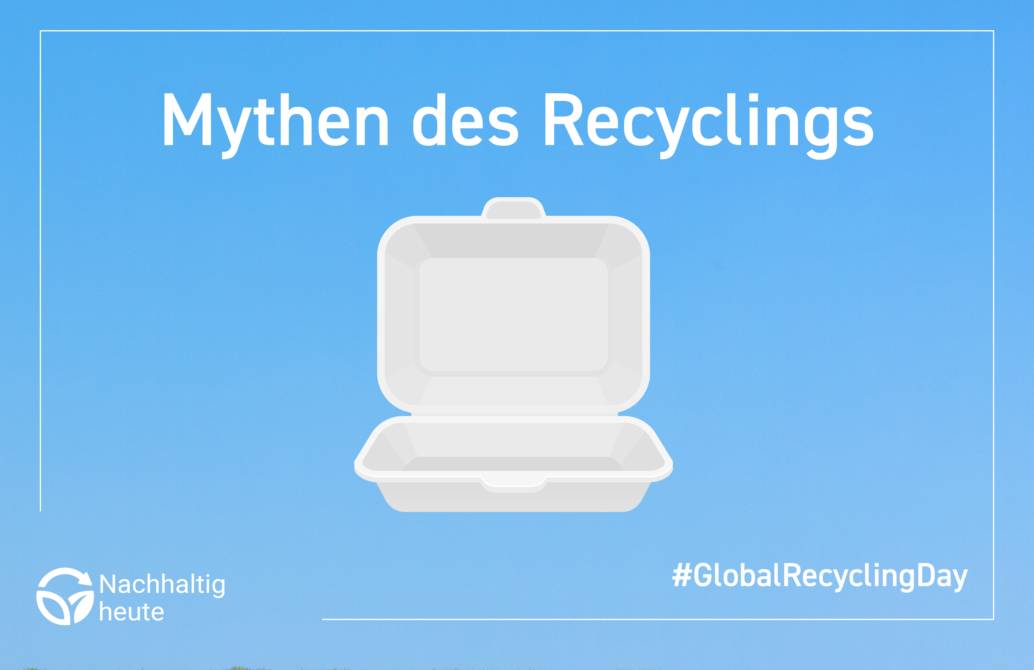
That’s not true! Air makes up 98% of the styrofoam and actual plastic only makes up 2%. And it can even be produced from renewable raw materials. Plastics have really not earned their bad reputation. As a cushioning, impact-resistant and insulating material, it is also an important component of everyday objects. For example, styrofoam is used for the production of bicycle helmets and even for organ transport boxes and it can therefore help save lives.